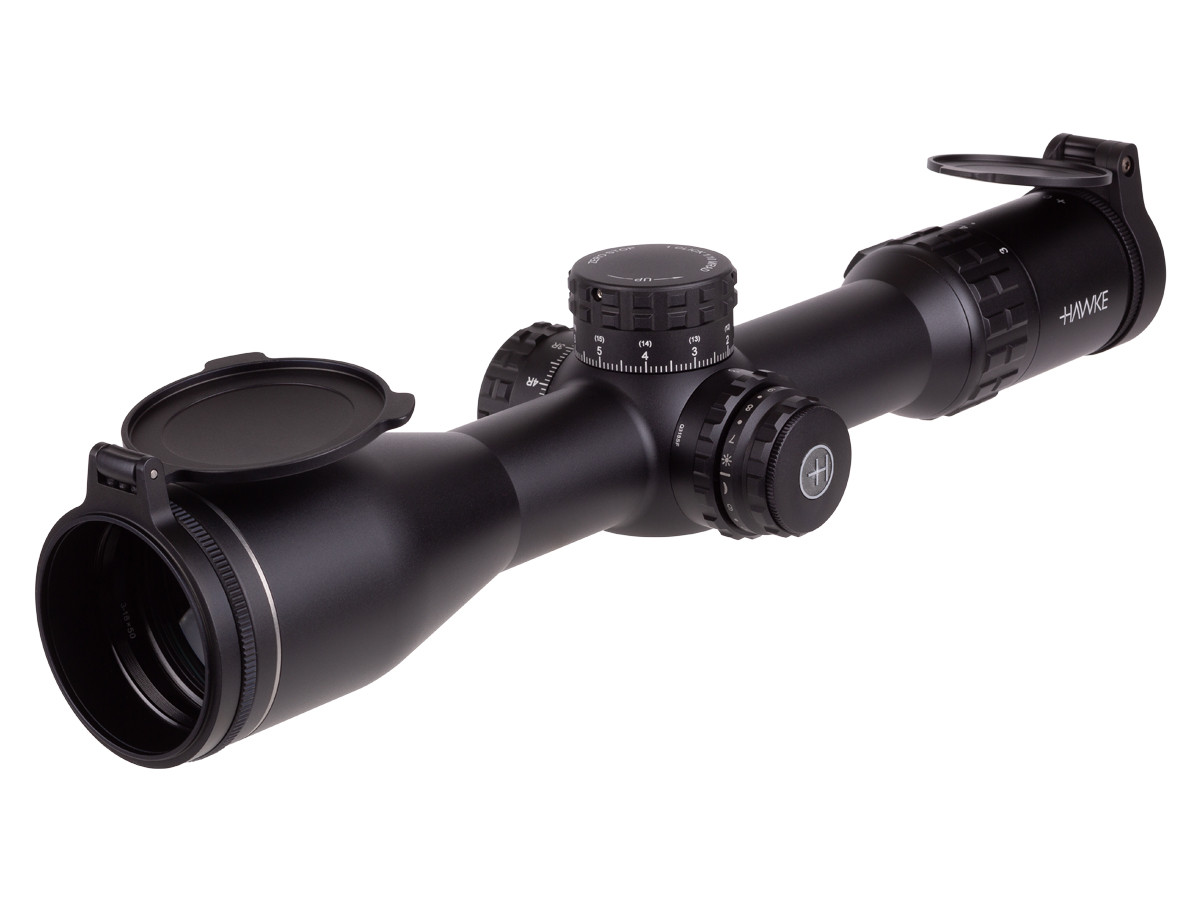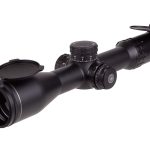When it comes to getting the most from your airgun, it’s important to have an appropriate scope for the task at hand. Not all scopes are ideal for all shooting situations. For example, if you are hunting various ranges in the field, then a first focal plane scope may be the best fit. On the other hand, if you are target shooting at a fixed distance, a second focal plane scope may be better. In this article, we’ll take a look at how to pick the right scope for your airgun based on your shooting needs. Let’s get started.
Common Points
Regardless of your intended use, there’s one guideline that you always want to consider when picking an airgun scope, and it’s this: Don’t skimp on your glass. If you can’t see your target, then you can’t hit it. Many people jump into airgunning based on the affordability of the sport, and that’s a great reason for sure. But when it comes to optics, you really do get what you pay for. Investing in good glass, regardless of the price of your airgun, will always pay out over time. You can always move that high-end optic to your next, more advanced airgun.
Target or Varmint
There are nuances to every choice, but picking the right airgun scope really comes down to one of two options. Will you be shooting targets or varmints? From there, we can look at features and options best suited to your use case.
Target Scopes
A target scope needs to have a range estimating reticle. It may be a traditional mil-dot reticle or a more complex option that delivers horizontal as well as vertical aim points. Something like the Hawke Frontier 34 FFP has a grid that allows for maximum flexibility when adjusting for changes in wind direction and distance.
An airgun scope also needs to be suitable for the distance to the target. If you are shooting in your backyard at 25 to 35 yards, then 3-9 or 4-12 may be ideal magnification range options. By contrast, if you are target shooting at various ranges out to 75 or even 100 yards, then you’ll want something that can really magnify the target for more precision. Some scope models can deliver very wide magnification ranges like 5-30. They are expensive but can fill the needs of a wide variety of use cases all in one scope.
Another key feature of a target scope is an adjustable parallax. It’s commonly referred to as “focus,” but that’s not completely accurate. Without getting too deep into the weeds, we’re just going to stick with focus because that’s how it looks and behaves when you are looking through the scope. Essentially, an adjustable parallax dials in the image which can be blurry at various ranges. This is more pronounced when at higher magnifications. The other benefit, provided the parallax adjustment markings are accurate, is that you can get a pretty good estimate of your range to target. Something that can really help in our next section when we talk about varmint scopes.
Varmint Scope
Scopes for shooting varmints require a different set of features. Features like an adjustable parallax and range estimating reticle certainly cross over to varmint scopes. The difference comes in whether you will be shooting at fixed distances or variable distances. If you are shooting from a blind at a fixed range, then a target scope could fit the bill. But if you are shooting at varying distances, then you’ll want to consider a first focal plane option.
Most scopes are second focal plane, which means that the reticle is a fixed size and does not move when you change the magnification. As the target gets bigger, the reticle stays put. This can be a real benefit for benchrest shooters because the spacing between the aim points gets smaller as they increase the magnification. The change in spacing can completely mess up hunters if they change the magnification in the field.
First focal plane scopes differ from second focal plane scopes in that they generally cost more money and are considered more of a specialty product. The benefit comes when hunting game in the field at various ranges. As you change your scope’s magnification, the reticle changes with the image. So, if you’ve found that you need to hold over 3 dots at 75 yards using 10x magnification on your scope, that won’t change if you increase or decrease your magnification. It will be the same if you are at 5x or 30x. This is a huge advantage for serious hunters.
So Much More to Consider.
We’ve only just begun to look at the options modern airgunners have when it comes to picking the right optic for their airguns. Maybe we can circle back around and spend more time looking at each path. But in the meantime, if you have questions about what scope is the best for your needs, then just give us a call. We are always here to help.

